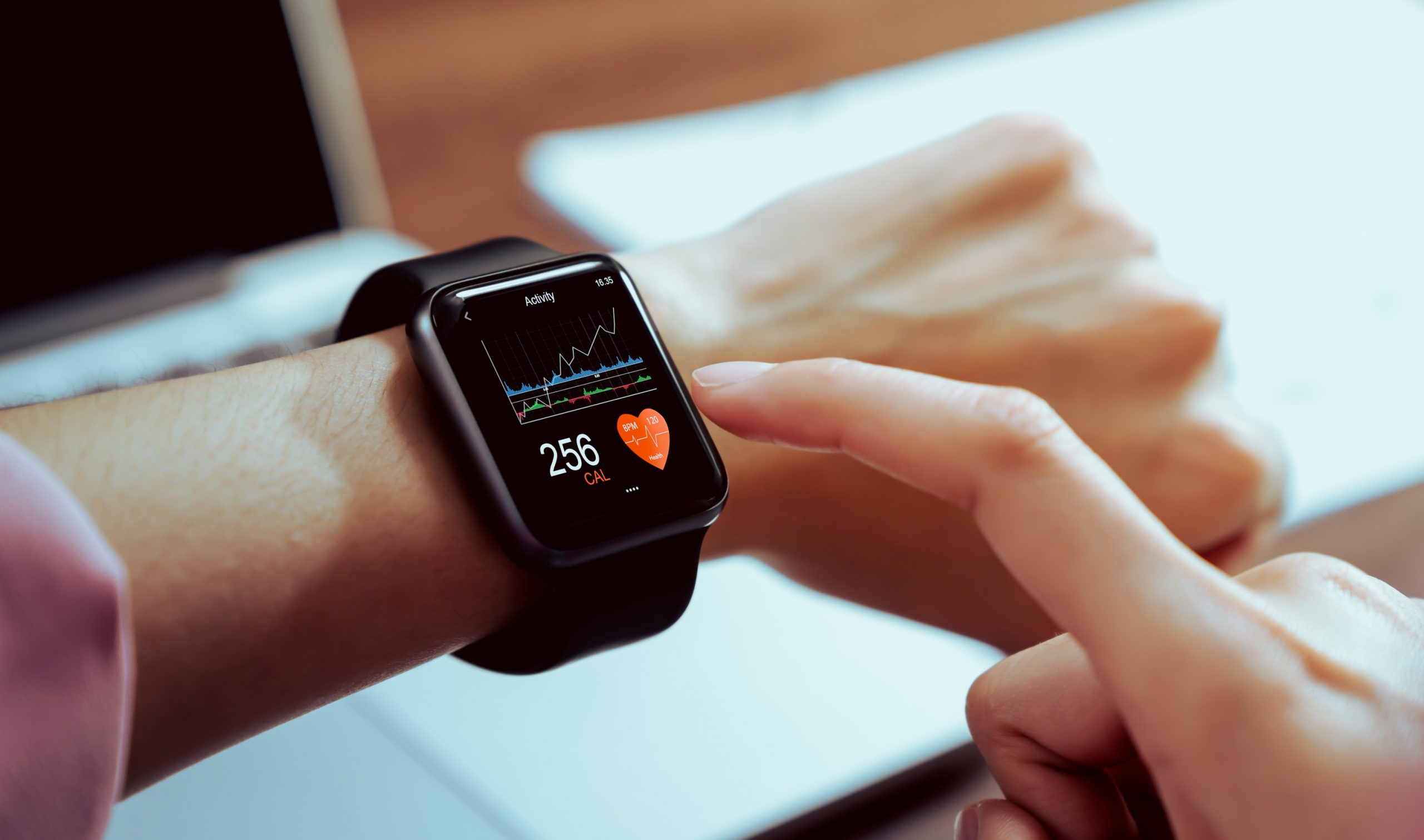How a Rainy Night and Beyoncé Kept DC Metro Running
August 9, 2023
In the captivating world of music and entertainment, artists wield a unique power that extends beyond the boundaries of the stage, leaving an indelible mark on the hearts and minds…

Scientists have developed a device that you can wear on your wrist and can tell you within five minutes that you are having a heart attack.
Such a rapid time is vital as clearly the faster that doctors can treat a patient known to be suffering a heart attack the better it is for their recovery.
As a result, it is believed that the device will save many lives.
The revolutionary device—called a wrist-worn transdermal infrared spectrophotometric sensor—will speed up the time that is now taken for a diagnosis.
In order to understand the benefits of the device, we need to take a look at present procedures and how the device will help in these situations.
As it is, a quarter of all patients—more than 7 million in the United States each year—who are admitted to emergency rooms at hospitals are people who are suffering from chest pains, but not all of them are having a heart attack. They have a variety of symptoms and often are on several medications.
It is usually difficult for medical staff to assess the condition of such patients. They need to review their medical history, take a chest X-ray, and perform an electrocardiogram (ECG) in order to obtain a reading of the electrical activity of their hearts.
The ECG can indicate changes in the heart that are associated with a heart attack in about half of the patients. The rest fail to show a change in heart rhythm even though they might be suffering from a heart attack.
The present method also involves drawing blood which takes time not only to be drawn, but also to be analyzed.
One of the components of the blood test is to check for a protein that is called troponin found in the heart cells. This protein plays a key role in enabling the muscle cells of the heart to contract and then relax.
When the cells in the heart are starved of oxygen as a result of a blockage in the arteries that supply blood to the heart, the cells start to die and they release troponin into the blood supply.
The troponin is usually measured in a hospital laboratory from a blood sample that is taken from the patient, normally through a vein in the elbow or from a catheter that is inserted in the back of the hand. Usually this test is repeated about two or three hours after the patient has been admitted to the hospital.
This essential test can take longer these days because of staff shortages and decreasing resources in hospitals, researchers who conducted a study of the device point out. Overcrowding in emergency rooms also can result in delays in overall diagnosis, blood sampling, and increased costs for patients.
An added complication is introduced when people who have a fear of needles need to have blood drawn for the troponin test. The stress and anxiety that is caused can make the chest pain even worse.
Once the tests are diagnosed, the changes in the amount of troponin in the blood can indicate whether the patient has suffered a heart attack. This indication is particularly useful in those patients who do not display any changes in the ECG reading.
Those patients who are diagnosed as having had a heart attack usually require urgent treatment. This treatment often takes the form of an angioplasty in which a catheter is fed into into the artery that is blocked and a balloon is blown up to open the blockage.
In many cases a stent is inserted as well as the balloon. The stent stays in place to keep the artery open when the balloon is removed.
Here is where the benefits of the new wrist-worn device come in.
The device can measure the amount of troponin in a patient’s blood stream without it being necessary to take a blood sample.
It is worn on a person’s wrist in the same way as a watch. It uses infrared light that penetrates under the skin to detect the amount of troponin that is present in the blood stream.
Studies have shown that the device can detect whether a person is having a heart attack within five minutes.
This level of accuracy means that if the device’s reading is positive, the patient can be fast-tracked for diagnostic tests, intervention, and treatment, explains Dr. Shantanu Sengupta, the lead author of the study on the device.
Clearly there will be little doubt that when such a person is suffering chest pain there is no need to conduct all the time-consuming tests, such as ECGs and X-rays, before a diagnosis can be made, he adds.
The device needs to undergo larger studies in clinical settings, but if those tests produce similar results, the benefits are that heart attacks can be detected in:
• The consulting rooms of general practitioners;
• By emergency responders who first attend a patient with chest pain
• By doctors in the emergency rooms of hospitals.
A patient would not have to wait for blood samples to be sent to the laboratory, analyzed, and the results sent back when the patient arrives at the hospital—which often takes much longer these days.
An added benefit is that patients will be able to be treated so that they can receive a fully functional supply of blood to the heart as soon as possible in order to prevent more cells in the heart from dying.
The technology behind the device also could be used for other tests in order to detect blood clots, sepsis, or ectopic pregnancy.
It also could serve as a lifeline for those people who suffer from severe needle phobia.
The study is published in the European Heart Journal—Digital Health.